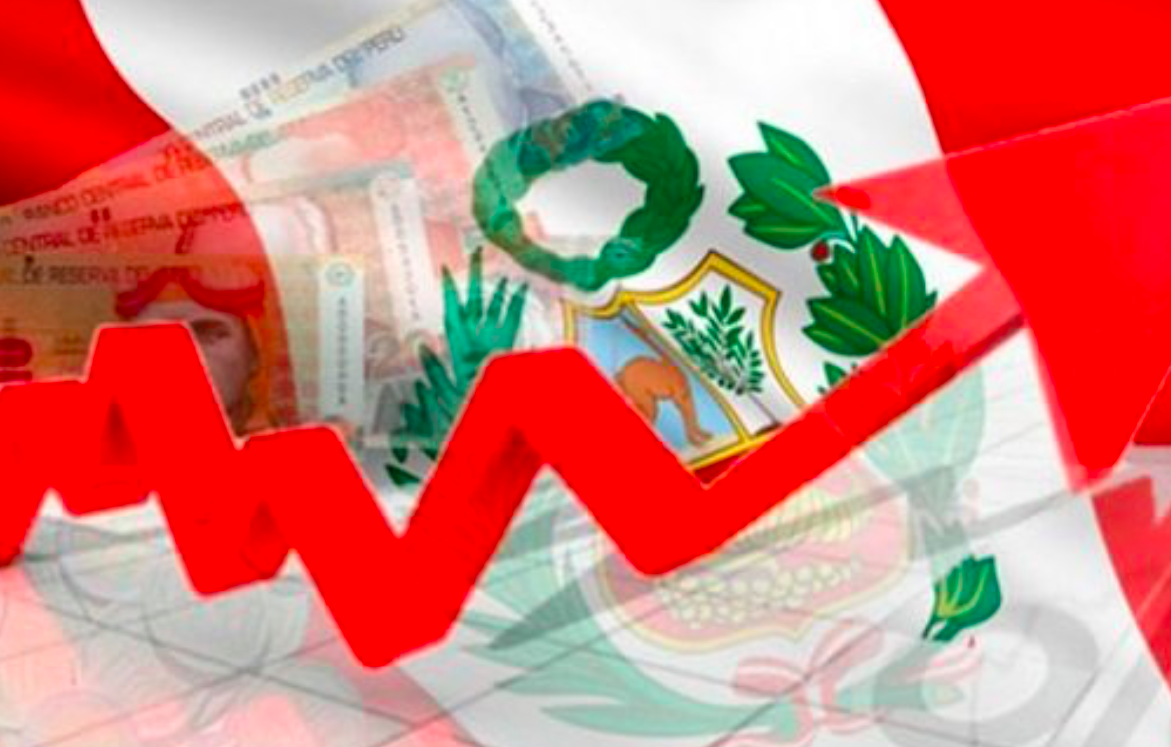RIO DE JANEIRO, BRAZIL – Annual inflation in Peru reached 5.8%, the highest rate recorded in the last 12 months, according to a study by the Peruvian Institute of Economics (IPE). In a report prepared for the newspaper El Comercio, it was stated that the price increase in the basic food basket is due to local and global factors.
The increase in food prices is a global phenomenon. It is due to the high cost of products such as oil (73%), corn (33%), wheat (36%), and soybean oil (52%).
Read also: Check out our coverage on Peru
Similarly, the increase in the cost of corn, wheat, and soybean oil is reflected in the price of oil, chicken, bread, noodles, sugar, and eggs.
– Oil: in October 2020, it cost about S/ 7.09, the same month in 2021, it reached S/ 11.63. in the same month of 2021.
– Chicken: it used to cost S/ 8.18 per kilo, now it costs around S/ 10.
– Bread: it used to cost S/ 6.79 per kilo, now it is close to S/ 7.89.
– Sugar: it used to cost S/ 2.58 per kilo, now it costs around S/ 2.81.
– Eggs: used to cost S/ 5.37, and now they are at S/ 5.61 per kilo.

Some foodstuffs, such as agricultural products, have also been affected by the rise in oil prices, an essential input for fertilizers and synthetic fertilizers. The high price of these has led to higher production and transportation costs.
On the other hand, the dollar exchange rate, which is still above S/. 4, has increased by 12% (approx.) in the last 12 months. In large part, the rise in the dollar is due to local political uncertainty.
Among the prices directly related to the dollar, which have registered a significant increase, are imported products, airline tickets, and vehicle purchases.
BEGINNING OF THE MONTH: PERU RECORDED THE HIGHEST INFLATION IN 12 YEARS
At the beginning of November, the Central Reserve Bank (BCR) tightened its monetary policy for the fourth consecutive month after inflation accelerated at its fastest pace in more than 12 years.
Monetary policymakers, led by Julio Velarde, raised the key interest rate by half a point to 2%, as forecast by six of eight economists surveyed by Bloomberg. One analyst expected a 75 basis point increase, while another forecast a quarter-point increase.
Consumer prices in Peru and across Latin America have soared as economies reopen to pent-up demand and shortages of goods due to problems in global supply chains.
While inflation in Peru has risen well above the 1% to 3% target range, the economy could post its fastest growth in decades, allowing monetary policymakers room to cushion domestic consumer demand.
“Robust growth, higher-than-expected inflation, and a further rise in inflation expectations support the call for another 50 basis-point hikes despite the somewhat dovish guidance at the last meeting,” Sergio Armella, an economist at Goldman Sachs Group Inc., wrote in a research note ahead of the decision.
According to Velarde, after suffering the deepest slump among the region’s major economies in 2020, Peru’s gross domestic product could grow 13.2% this year.

